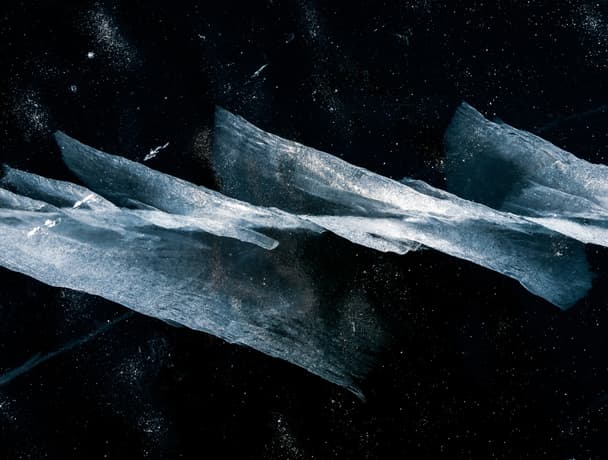
By Patrick Sheffield

By Patrick Sheffield

By Jesse Schutt

By Jesse Schutt

By Philip Zaengle

By Philip Zaengle

By Emily Kassmeier

By Philip Zaengle

By Logan Fox

By Rachel Opperman

By Emily Kassmeier

By Tom Davies

By Emily Kassmeier

By Rachel Opperman

By Jesse Schutt

By Jasmine Tracey